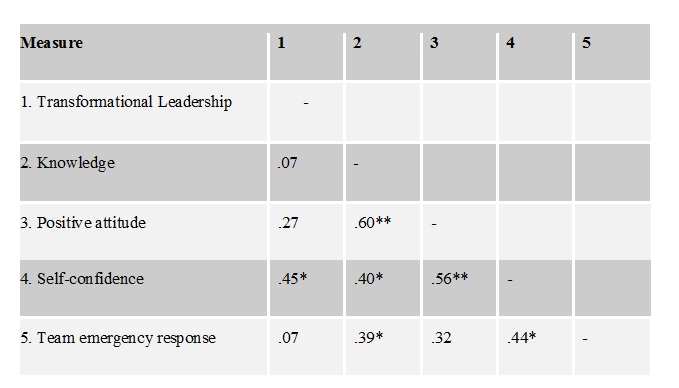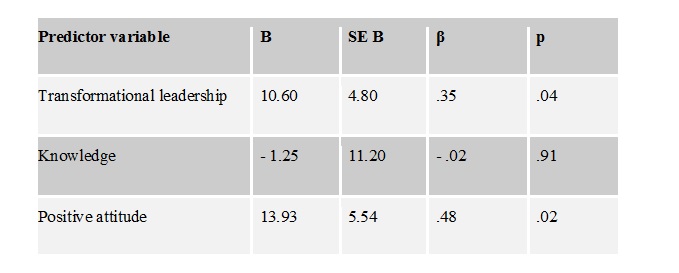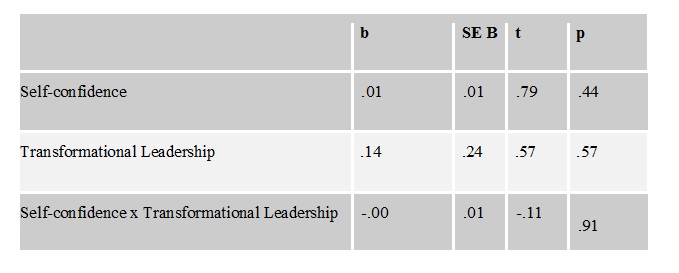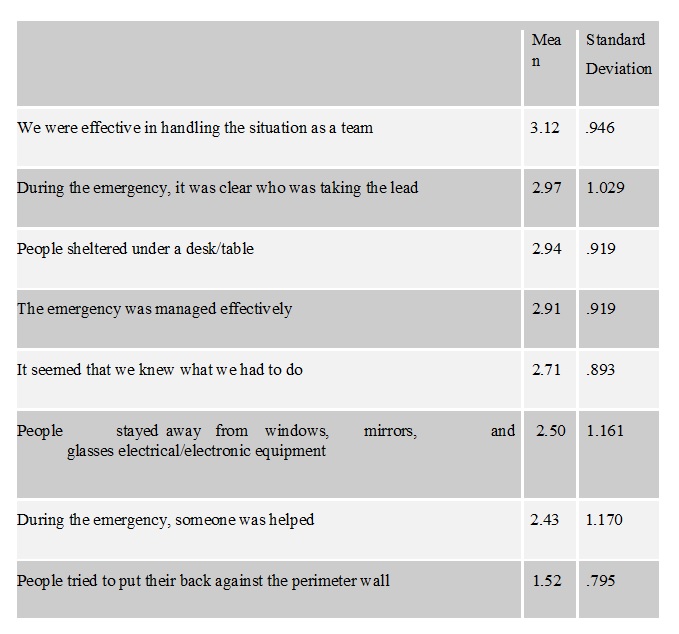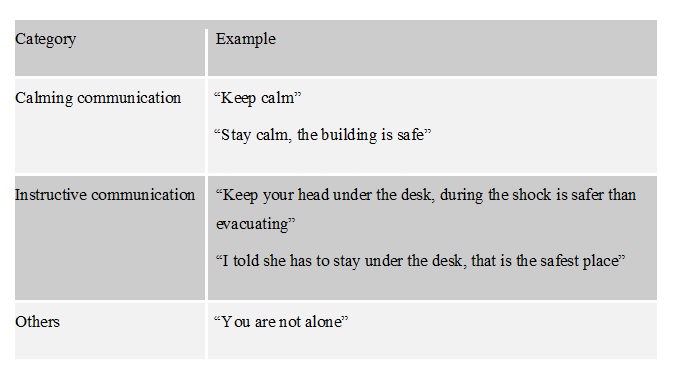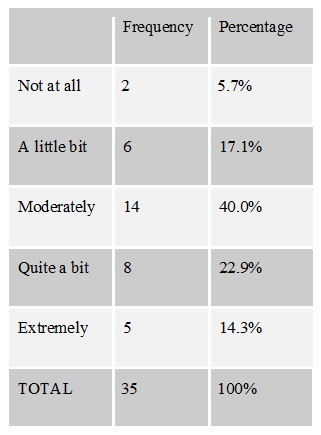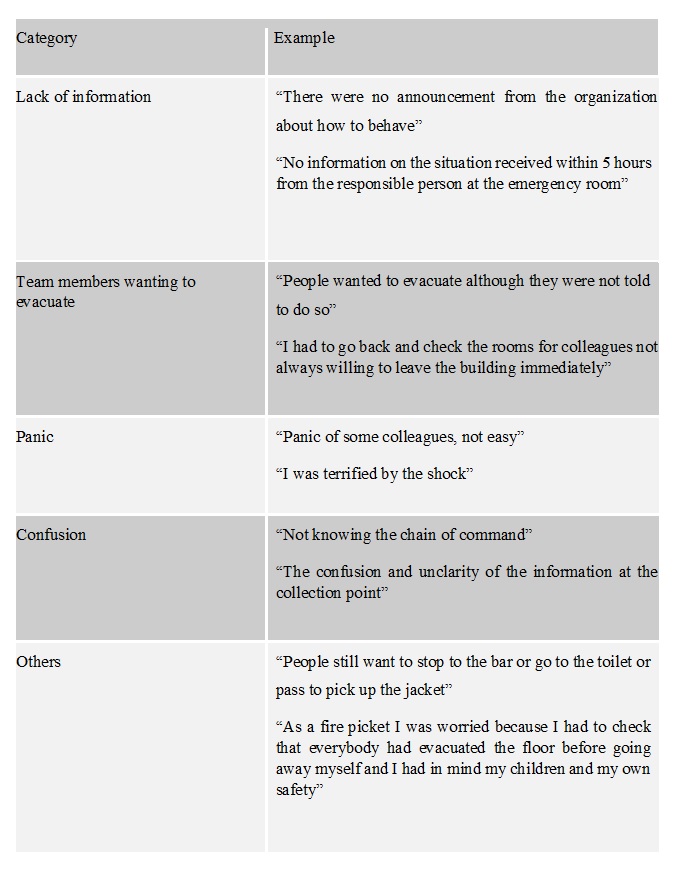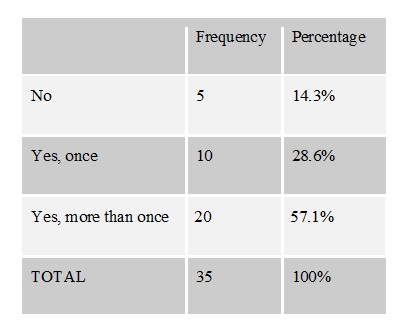Non solo Covid: i nuovi rischi per la salute e la sicurezza sul lavoro
Non solo Covid: i nuovi rischi per la salute e la sicurezza sul lavoro

PERSONE
Di Coopservice 28 Aprile 2021
Si celebra oggi il World Day indetto dall’Organizzazione Internazionale del Lavoro (ILO)
Parola d’ordine: Resilienza
Anche nella Giornata mondiale per la salute e la sicurezza sul lavoro , che si celebra oggi, si accendono i riflettori su una delle parole d’ordine della contemporaneità. Il concetto di Resilienza è infatti centrale in tempi in cui la vorticosità dei cambiamenti impone capacità di adattamento continue e pressoché immediate, pena l’incapacità di farvi fronte ed il rischio di esserne travolti.
È dunque significativo che il titolo della campagna 2021 scelto dall’Organizzazione Internazionale del lavoro (ILO, la più antica Agenzia specializzata delle Nazioni Unite) per la Giornata mondiale del 28 aprile sia Investire ora in sistemi resilienti di salute e sicurezza sul lavoro, allo scopo di prevenire e fronteggiare l’emergere di nuove condizioni di rischio e minaccia per l’incolumità dei lavoratori.
Gli infortuni e le malattie professionali: una piaga ancora da superare
L’istituzione del World day for safety and health at work risale al 2003 ma la stessa data era stata precedentemente (1996) scelta dal movimento sindacale per la commemorazione dei lavoratori morti e feriti in tutto il mondo sui luoghi di lavoro. La Giornata intende ricordare l’assoluta necessità della prevenzione degli infortuni e delle malattie professionali, focalizzando l’attenzione su una piaga ancora non superata del progresso umano, considerando che i numeri rimangono purtroppo ancora piuttosto importanti.
Viene infatti stimato che ogni 15 secondi, nel mondo, un lavoratore muore a causa di un infortunio sul lavoro o di una malattia professionale. E che, sempre ogni 15 secondi, 153 lavoratori hanno un infortunio sul luogo di lavoro. Più in generale si valuta che ogni giorno 6.300 persone muoiano a causa di incidenti sul lavoro o malattie professionali, causando più di 2,3 milioni di morti all’anno. Gli incidenti che si verificano annualmente sul posto di lavoro sono 317 milioni, molti dei quali portano ad assenze prolungate per malattia.
Il costo umano di queste tragedie quotidiane è enorme e l’onere economico causato dalle scarse pratiche di messa in sicurezza dei luoghi di lavoro è stimato essere, ogni anno, attorno al 4 per cento del prodotto interno lordo mondiale.
In Italia tre morti ‘bianche’ al giorno
Si tratta di numeri dai quali si evince come uno dei pilastri fondativi dell’International Labour Organization, ‘Garantire a ogni donna e a ogni uomo condizioni di lavoro sicure’, sia un traguardo ancora lontano che necessita di una presa di coscienza e una responsabilizzazione sempre maggiore da parte delle 3 principali componenti della questione: governi, datori di lavoro, lavoratori. Un flagello silenzioso, a cui non sfugge anche il nostro Paese.
In Italia i dati forniti negli ultimi anni da parte dell’Istituto Nazionale per l’Assicurazione contro gli Infortuni sul Lavoro (INAIL) riportano un numero annuo di denunce di infortunio che oscilla tra i 500 e i 700 mila, di cui circa il 20% registrato ‘fuori sede’ (cioè infortunio occorso con mezzo di trasporto o comunque in itinere rispetto al luogo di lavoro), e un numero di decessi costantemente al di sopra di 1.000. Ovvero più di tre morti ‘bianche’ al giorno.
L’impatto dello tsunami Coronavirus sulla salute e la sicurezza del lavoro
Rilevazioni che, a livello planetario come nazionale, sono state inevitabilmente influenzate nell’ultimo anno dall’avvento dell’emergenza sanitaria in corso. E l’invocata capacità di resilienza dei sistemi di salute e sicurezza sul lavoro è ovviamente riferita primariamente alla necessità di affrontare scenari e minacce completamente nuove, quali quelle determinate dal Covid-19. Per rimanere ai dati nazionali, gli ultimi resi disponibili dell’Inail riferiscono di oltre 150.000 contagi sul lavoro (oltre il 5% dei contagiati nazionali) e 499 morti dall’inizio della pandemia.
Allo stato la ‘seconda ondata’ pare avere avuto sul lavoro un impatto più grande della prima: il periodo ottobre 2020-febbraio 2021 incide per il 64,4% sul totale delle denunce di infortunio da inizio pandemia, vale a dire il doppio rispetto a quella del trimestre marzo-maggio 2020 (32,2%).
Il dato si ribalta guardando invece i casi mortali con oltre i due terzi dei morti sul lavoro per Covid registrati nella prima ondata (il 67,8%). Va da sé che si tratta di numeri, in Italia come nel mondo, che vedono in prima fila i lavoratori della salute (39% delle denunce di contagio, l’83% dei quali infermieri), gli operatori socio-sanitari (19%) e i medici (9%).
Oltre il Covid-19: alle origini delle nuove minacce per il benessere dei lavoratori
Ma l’impatto della pandemia sulla salute e la sicurezza sul lavoro (SSL) non si limita ai dati della trasmissione del virus, poiché nuovi rischi sono emersi a seguito delle stesse misure intraprese per contrastare e mitigare la sua diffusione.
Il passaggio a nuove forme di organizzazione del lavoro, come il diffuso ricorso al telelavoro o allo smart working, ha, ad esempio, presentato molte opportunità per i lavoratori ma ha anche introdotto potenziali minacce per la SSL, quali i rischi psicosociali (il pericolo della solitudine, il senso di isolamento) e l’accentuazione delle dinamiche di conflitto intra-familiare, comprese le violenze e le molestie. Va in ogni caso considerato che si tratta di tendenze non esclusivamente determinate dall’emergenza sanitaria in corso.


